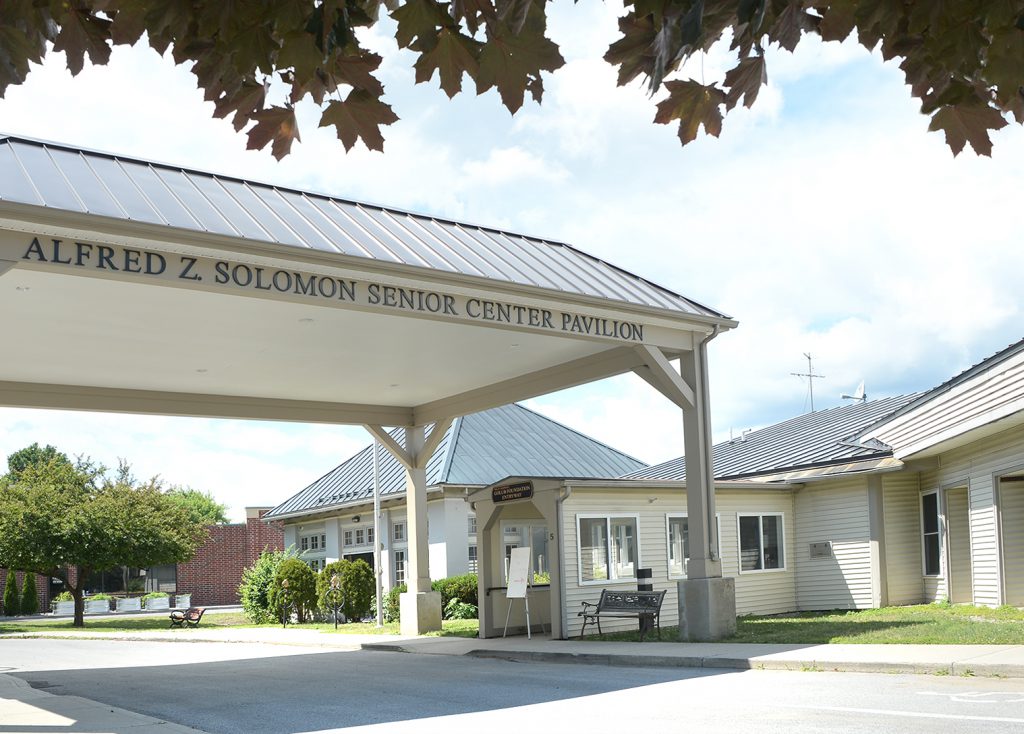
By Susan Elise Campbell
As the 50-plus population continues to rise, communities are experiencing seniors as a vibrant demographic.
This is not a generation for rocking chairs and knitting needles. Today’s retirees are contributing to the economy in unexpected ways, not only rejoining the work force but also traveling extensively and giving generously to charity, officials say. a
In Saratoga County the senior population is one of the fastest growing in the state, according to Lois Celeste, executive director of the Saratoga Senior Center. There are more than 55,000 in this age group who are primarily mortgage-free homeowners with access to assets and credit.
“I am amazed at the number of companies knocking on our door to approach the center and our seniors,” said Celeste. “Businesses are popping up everywhere to serve the senior market. They come from diverse industries like health care, transportation, tourism, financial services, automotive, housing, law, and many others that the older population touches.”
When she started at the senior center 11 years ago, Celeste found the agency was “semi-defunct. It had blown through its resources and the building was in disarray.”
Before the pandemic hit this spring, the center was outgrowing its 5 Williams St. location and Celeste was conceptualizing needed renovations. But the center could not have grown to such a point without an understanding of how valuable seniors are as a demographic and how relationships with the business community directly help members to thrive, she said.
“Sponsors bring in revenue to the center while helping keep seniors active and bringing them together,” she said. “And that is good for their health. Activity lowers depression, so social interaction is vital, especially during a health crisis.”
Medicare Advantage is a big part of sponsorship as providers vie for the local senior market. Celeste said she relies on such revenue. “This revenue allows us to do classes and programs that stimulate our seniors to move.”
When funds come into senior centers, the money flows back into the community, according to Celeste.“If nonprofits are not providing food, transportation, and services to seniors, who will?”
Senior centers frequently function as brokers who bring together people in need with volunteers, often other seniors. If a volunteer can provide a ride to a doctor’s appointment, “that’s supporting the health care field,” she said.
“When I think of seniors I see people who need care,” she said. “But at the same time, they are also caregivers.”
Many retirees are helping to raise families and volunteering time to the community. Their contributions, both financially and in terms of hours spent, make them the most charitable demographic in the country.
“New York has nearly one million volunteers age 55-plus who contribute 495 million hours of service per year at an economic value of $13.8 billion,” according to Greg Olsen, director of the state Office for the Aging. “We would not have an economy without older adults.”
“The Senior Center could not do what we do with programs and services without our volunteers, young and old,” Celeste said. “We rely on them. Our board of directors is volunteer. I can’t count the hours or the gallons of gas our volunteers spend on our members.”
Celeste said the agency’s former treasurer typifies the active senior of today. He came to Saratoga Springs as a retiree and joined the board as a volunteer.
“After a year he started his own business doing bookkeeping for small businesses in town,” she said. “He bought a house here, is a consumer here, his health care services are here, and he volunteers and travels.”
As non-profit organizations compete for fewer dollars, Celeste must be creative with fundraising ideas and persistent in building “symbiotic relationships with sponsors.”
“They give and we give back,” she said.
Visit www.saratogaseniorcenter.org for a description of the services and programs being offered and ways to help finance them.
